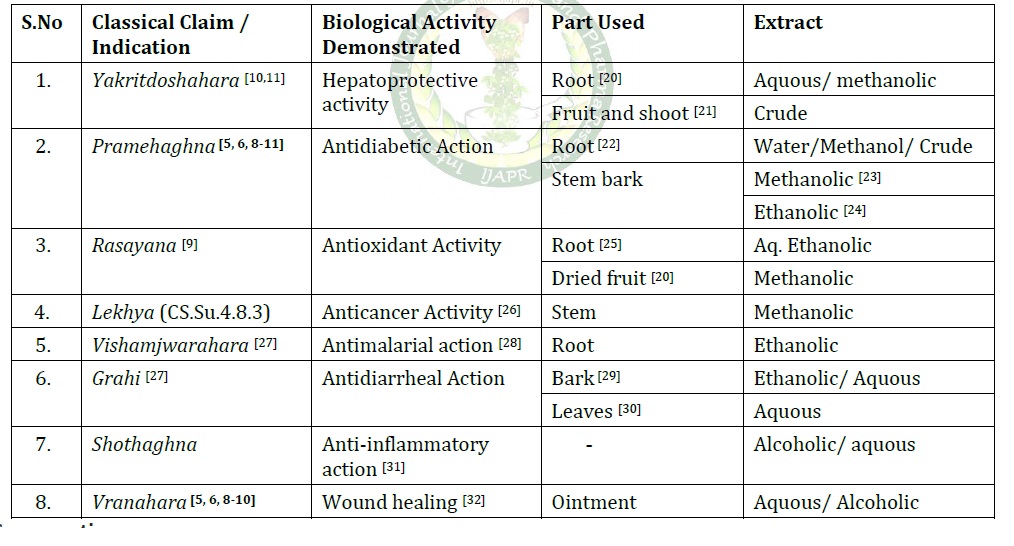Daruharidra (Berberis Aristata Dc): A Solution to Ailments in Present and Future
DOI:
https://doi.org/10.47070/ijapr.v10i9.2486Keywords:
Daruharidra, Berberine, in-situ conservationAbstract
Berberis aristata, generally known as Daruharidra because of yellow coloured wood, belongs to the family Berberidaceae. Approximately 500 species of genus Berberis are found Worldwide. 77 species of Berberis reported in India, 21 species are present in Himachal Pradesh in which Berberis aristata, Berberis asiatica and Berberis lycium are more common. B. aristata has been accepted as an official source for classical drug Daruharidra. It is deciduous, thorny shrub attaining a height of about 6-12 feet, found at the altitude of 6000 to 10,000 feet in Himalayan range, also found in Neelgiri hills, Sri Lanka, South Africa, Afganistan, Iran. Therapeutically used part of the plant is root bark. The major chemical constituents of B. aristata are alkaloids and Berberine is one of the important alkaloids in it. Berberine-containing plants are used as food supplements subject to certain restrictive conditions of use. It is a red listed endemic medicinal plant species of conservational concern and has become dominantly important in current years due to its scarcity and increased demand. Species, such as B. lycium Royle. and B. chitria Lindl. are also generally used in Ayurveda formulations for therapeutic purposes and for the preparation of Rasanjana, crude concentrated extract prepared from the roots and stem bark. It is use to cure several ailments, including conjunctivitis, bleeding piles, ulcers, jaundice, hepatosplenomegaly. However, many other plants belonging to different genera like Cosinium fenestratum (Gaertn.) Coleb and Morinda umbellate have been recommended as substitutes for Daruharidra and traded in the market in its name. Present paper is an effort towards establishment of therapeutic potential of Daruharidra through reverse pharmacology and measures for its in-situ conservation.
Downloads



